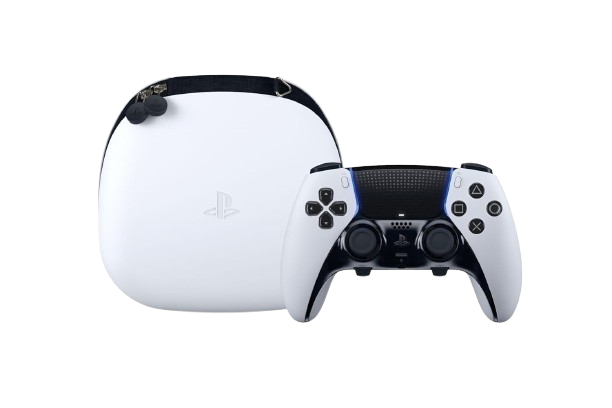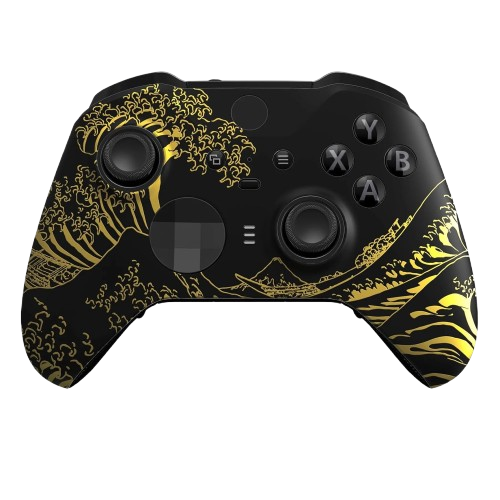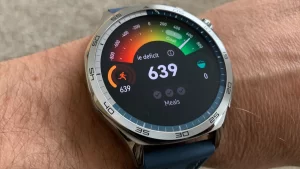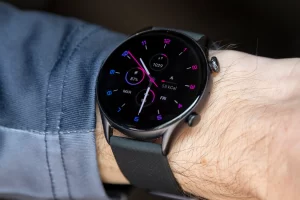DualSense Edge Review: Is Sony’s $200 Controller Worth It?
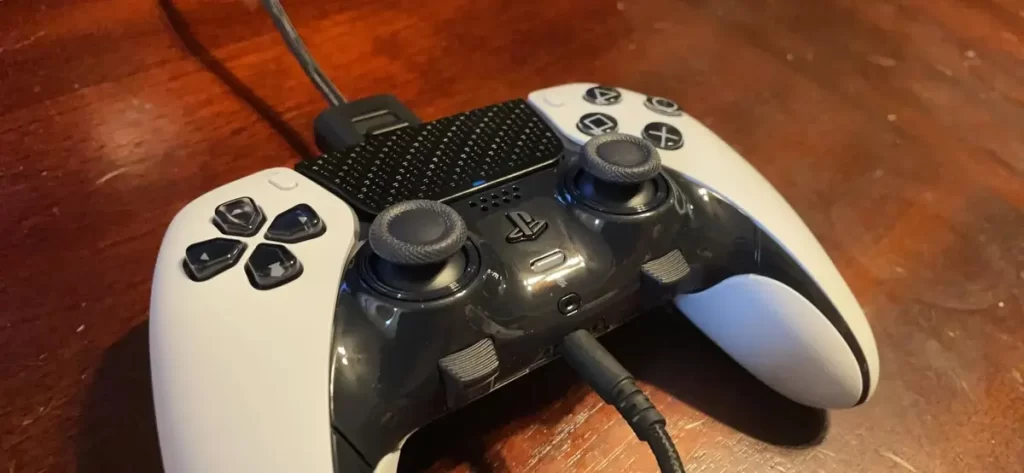
In the ever-evolving landscape of gaming peripherals, Sony’s introduction of the DualSense Edge controller has sparked considerable interest among PlayStation enthusiasts. Priced at a premium, this controller promises enhanced customization, improved ergonomics, and features tailored for both casual and competitive gamers. But does it truly deliver on its promises, and more importantly, is it worth the investment?
Introduction to the DualSense Edge
Released on January 26, 2023, the DualSense Edge is Sony’s answer to the growing demand for high-performance, customizable controllers. Building upon the foundation of the standard DualSense controller, the Edge variant introduces a suite of enhancements designed to elevate the gaming experience.
Key Features:
- Customizable Back Buttons: Two additional buttons on the back, allowing for personalized input configurations.
- Adjustable Trigger Stops: Sliders that modify trigger sensitivity, catering to different gaming genres and preferences.
- Replaceable Stick Modules: Easy-to-remove analog sticks to combat the prevalent issue of stick drift.
- Profile Customization: Ability to create and switch between multiple control profiles, optimizing settings for various games.
- Enhanced Grip and Ergonomics: Improved materials and design for prolonged comfort during extended gaming sessions.
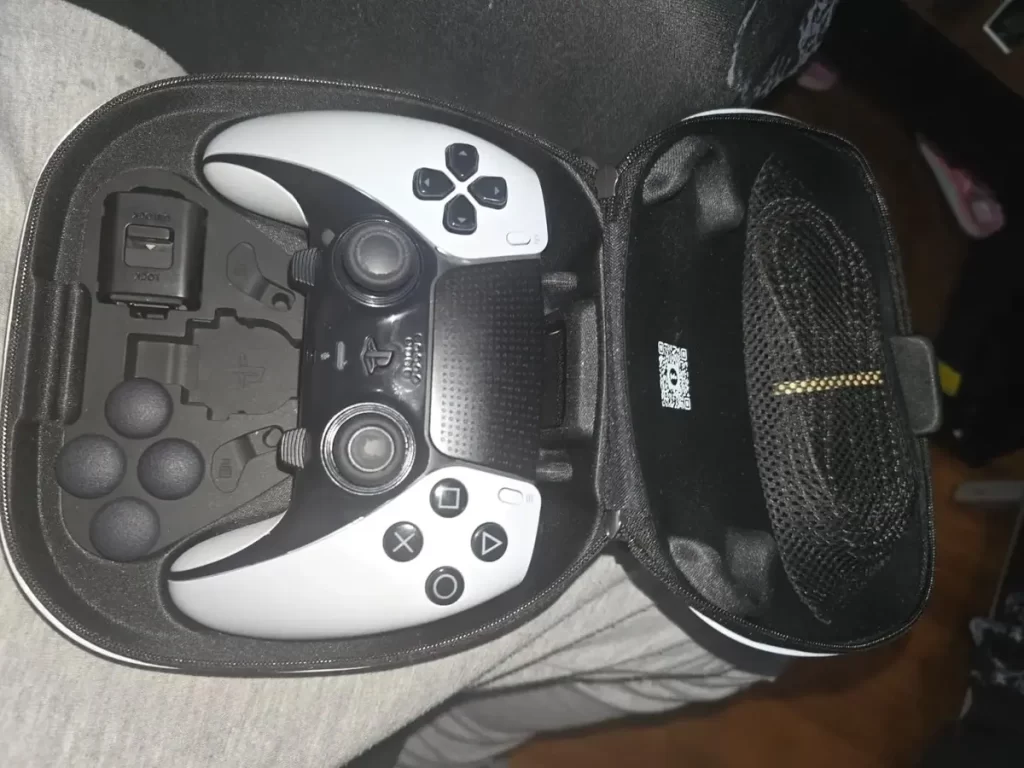
Design and Build Quality
At first glance, the DualSense Edge maintains the iconic PlayStation aesthetic, with subtle yet significant modifications.
Aesthetics:
The controller features a more pronounced black and white theme compared to its predecessor. The touchpad is adorned with the iconic PlayStation symbols, adding a touch of sophistication. However, the glossy, piano-black finish around the thumbsticks, while visually appealing, is prone to fingerprints and smudges.
Ergonomics:
Weighing approximately 46 grams more than the standard DualSense, the Edge offers a heft that many gamers find reassuring. This added weight contributes to a premium feel without causing fatigue during extended play. The enhanced grip ensures the controller remains secure in hand, even during intense gaming moments.
Build Quality:
Constructed with high-quality materials, the DualSense Edge exudes durability. The buttons and triggers offer satisfying tactile feedback, and the overall assembly feels robust, indicating a product built to withstand rigorous use.
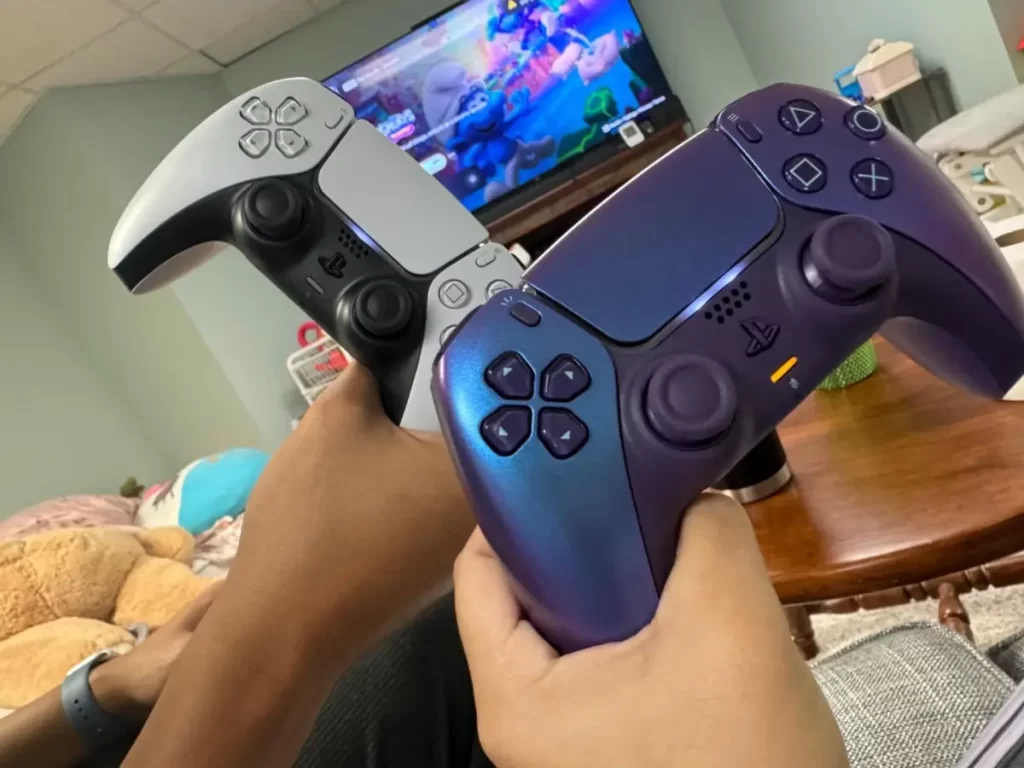
Customization and Features
Customization stands at the forefront of the DualSense Edge’s offerings, providing gamers with tools to tailor their experience.
Back Buttons:
The inclusion of two back buttons is a game-changer. These can be mapped to any standard button input, allowing for more fluid and efficient control schemes. For instance, mapping frequently used actions like dodge or reload to these back buttons can enhance in-game responsiveness.
Trigger Stops:
Adjustable sliders for the L2 and R2 triggers allow users to modify the travel distance. This feature is particularly beneficial for first-person shooters, where a shorter trigger pull can result in faster response times. Conversely, racing games might benefit from the full range of motion for precise throttle control.
Replaceable Stick Modules:
One of the standout features is the ability to replace stick modules. Stick drift has long plagued gamers, leading to frustrating experiences and costly controller replacements. With the DualSense Edge, users can easily swap out malfunctioning sticks, potentially extending the controller’s lifespan.
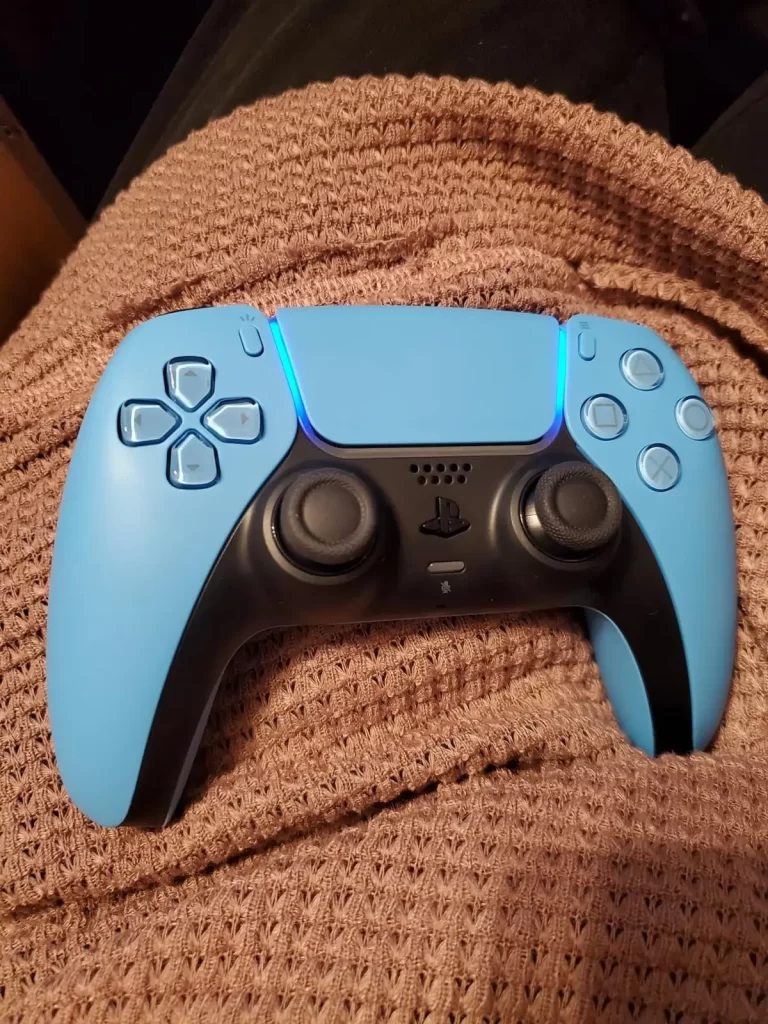
Profile Customization:
The controller supports multiple profiles, enabling users to switch between preset configurations seamlessly. This is especially useful for gamers who engage in diverse genres, as each profile can be tailored to the specific demands of different games.
Software Integration:
On the PlayStation 5, the DualSense Edge integrates seamlessly, allowing for intuitive customization through the console’s interface. Recent updates have also introduced the PlayStation Accessories app for PC, enabling Windows users to adjust settings such as button assignments, stick sensitivity, and trigger dead zones directly from their computer.
Performance
A controller’s true value is determined by its performance during gameplay, and the DualSense Edge strives to meet high expectations.
Responsiveness:
The controller delivers precise and responsive inputs, with negligible latency. The adjustable triggers and back buttons contribute to a more immersive and efficient gaming experience, allowing for quicker reactions and smoother control.
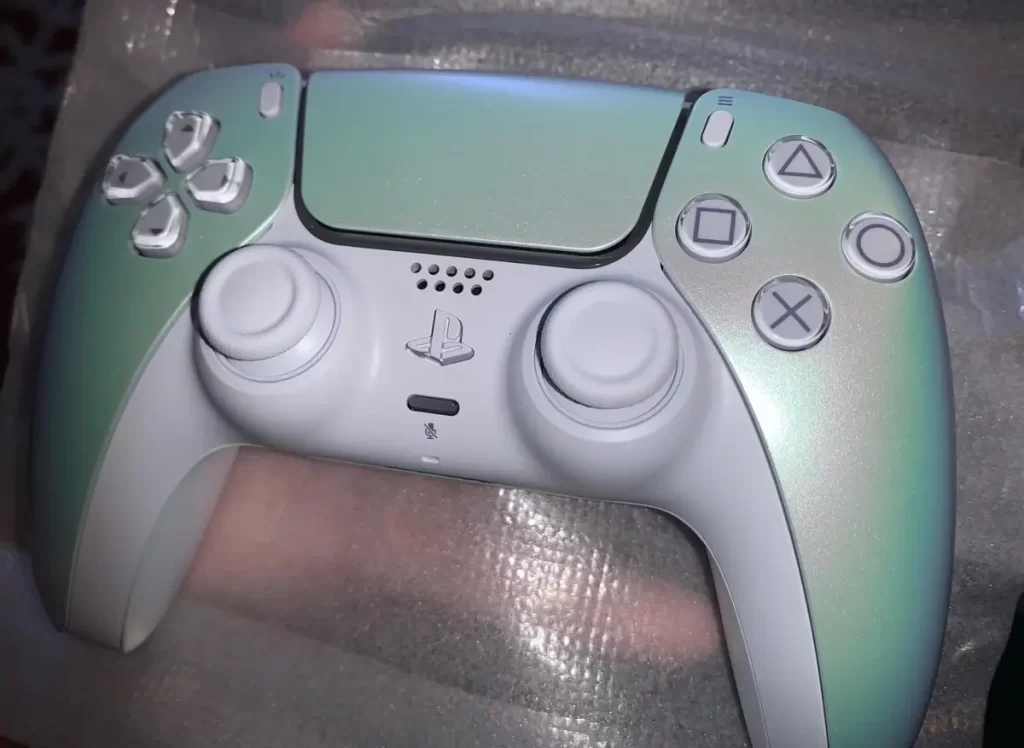
Battery Life:
Battery performance varies based on usage and settings. Some users report satisfactory endurance, while others note a shorter lifespan, especially with features like haptic feedback and adaptive triggers enabled. It’s advisable to manage these settings based on personal preference to optimize battery life.
Durability:
Over extended use, the DualSense Edge maintains its integrity. The replaceable stick modules address potential longevity concerns, offering a practical solution to the common issue of stick drift.
User Feedback
Community feedback provides valuable insights into the controller’s real-world performance.
Positive Experiences:
Many users praise the DualSense Edge for its customizable features and ergonomic design. The back buttons, in particular, receive acclaim for enhancing gameplay fluidity. As one user noted:
“100% worth it. I’ve had mine since it launched. No issues, no stick drift. I programmed my L3 and R3 to the back buttons and have had zero issues.”
Criticisms:
Some users express concerns regarding the controller’s weight and battery life. The added heft, while contributing to a premium feel, may not suit everyone’s preference. Additionally, the battery life, though adequate for many, falls short of expectations for some, especially during marathon gaming sessions.
Comparison with Other Controllers
When evaluating the DualSense Edge, it’s essential to consider how it stacks up against competitors.
Xbox Elite Series 2:
Microsoft’s Elite controller offers four back paddles compared to the Edge’s two back buttons. However, the DualSense Edge boasts replaceable stick modules, a feature absent in the Elite Series 2. The choice between the two often boils down to platform preference and specific feature priorities.
Third-Party Controllers:
Brands like SCUF and Razer offer high-quality controllers with extensive customization options. While these alternatives provide competitive features, the DualSense Edge’s seamless integration with the PlayStation ecosystem offers a distinct advantage for PS5 users.
Price and Value Proposition
Retailing at $199.99, the DualSense Edge positions itself in the premium segment of gaming controllers. This price point reflects its advanced features and build quality. For gamers who prioritize customization and are deeply embedded in the PlayStation ecosystem, the investment can be justified. However, casual gamers or those on a budget might find the standard DualSense sufficient for their needs.
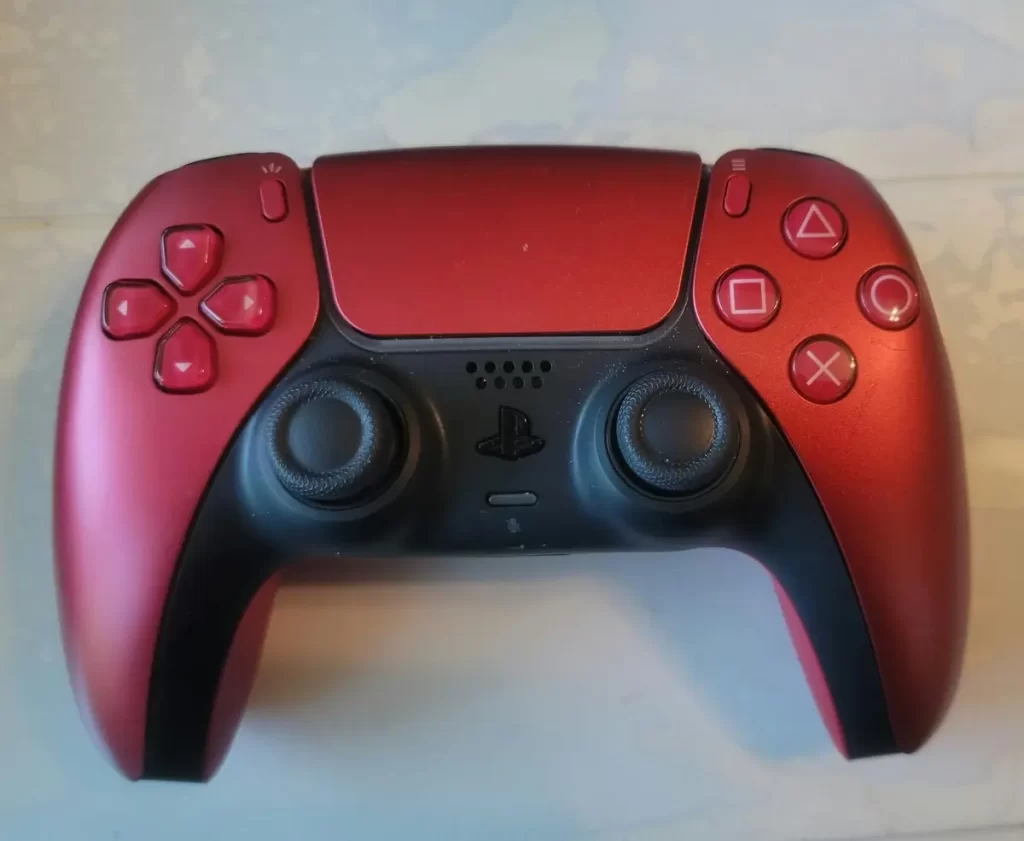
Conclusion
The DualSense Edge controller stands as a testament to Sony’s commitment to enhancing the gaming experience through innovation and user-centric design. Its array of customizable features, combined with robust build quality and thoughtful ergonomics, make it a formidable contender in the premium controller market.
Is it worth it?
For dedicated gamers seeking to elevate their gameplay with personalized configurations and enhanced control, the DualSense Edge offers substantial value. Its seamless integration with the PlayStation 5 and the added convenience of replaceable stick modules address both performance and longevity concerns.
However, for those who engage in gaming more casually or are content with the standard controller’s capabilities, the significant investment may
